- Document History
- Subscribe to RSS Feed
- Mark as New
- Mark as Read
- Bookmark
- Subscribe
- Printer Friendly Page
- Report to a Moderator
- Subscribe to RSS Feed
- Mark as New
- Mark as Read
- Bookmark
- Subscribe
- Printer Friendly Page
- Report to a Moderator
Contact Information
University: Eindhoven University of Technology
Team Members (with year of graduation): Hooman Habibi (12-2013), Rick Hilkens (9-2013)
Former project member: Erwin Janssen (RF circuit desing)
Faculty Advisors: W.Y. Yan, J.W.M Bergmans, P.G.M. Baltus, D. Milosovic, H. Corporaal
Email Address:h.habibi@tue.nl
Submission Language: English
1- Project Information
Title: An Adaptive Nonlinear Interference Suppressor for Suppression of Local Interference in Wireless Multimode (multi-radio) Transceivers.
A novel approach was proposed to suppress a local interference in wireless multimode transceivers by using an adaptive nonlinear circuit. National Instrument (NI) hardware and software were used to develop practical models of the system, implement adaptation algorithms for the nonlinear circuit, and evaluate the performance of the proposed method.
*This work is a part of Digitally Enhanced and Controlled Front-End (DECAFE) project, funded by Dutch foundation for technology development (STW).
Products
By National Instruments:
Hardware:
PXIe 8133 Controller
PXIe 7962R (2 modules)
NI5781(2 modules)
Softeware:
LabVIEW 2012, LabVIEW FPGA 2012
By other companies:
Hardware:
Rohde and Schwarz SMIQ03B vector signal generator
Commercially available RF components from minicircuit, maxim,..
Softeware:
MATLAB (for the parts that the timing was not critical and reuse of simulation codes earlier developed in the project)
Xilinix ISE (for a part of FPGA code)
2-The Challenge
Nowadays, handheld devices like mobile phones have become widespread. These devices include multimode transceivers, which combine several wireless transceivers to enable various functionalities, e.g. voice and video calls, data transfer, and location finding. From the users’ point of view it is highly desirable that these transceivers can operate simultaneously. As shown in figure 1, owing to the small size of the phone, a local transmitter of one standard induces a large interference (shown in red), in a local receiver of another standard, often many orders of magnitude stronger than the desired received signal (shown in blue). Presence of such strong interference leads to introduction of nonlinear distortion products and desensitization of the receiver frond-end. This results in a poor reception by the local receiver. Current filtering techniques cannot achieve sufficient interference suppression, especially when the interference frequency is close to that of the desired signal.
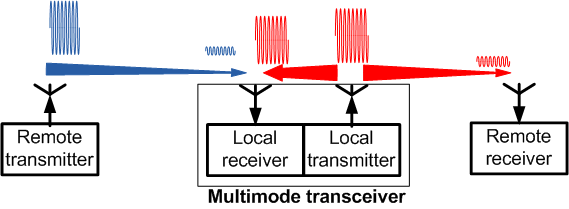
Figure 1, multimode transceiver in operation
The goal of the DECAFE project was to develop methods to mitigate the strong local interference with low complexity and power consumption, with an emphasis on methods that combine Digital Signal Processing (DSP) techniques with RF circuit design. One PhD student was responsible for RF circuit design, one PhD student for DSP algorithms design and implementation, and one Master student joined the project for real-time implementation of algorithms in FPGA.
3-The solution
3-1 Theoretical works:
We proposed to use an adaptive memoryless nonlinearity in the receiver front-end to suppress the local interference. The Nonlinear Interference Suppressor (NIS), as shown in figure 2, must be adapted based on the envelope of the received interference at the NIS input to suppress the interference. The baseband interference in multimode transceivers is available locally. Hence based on a baseband model of the interference coupling path, (shown with a tick red line), the adaptation signal can be digitally estimated. Since the interference coupling path is subject to environmental changes the path model must be adapted during the receiver operation. We propose a closed-loop method that adapts the path model such that remained interference at the NIS output is minimized. The simulations of the system in this part were done using MATLAB. Most of the simulation codes were used later in combination with LabVIEW VIs to evaluate the system in practice.
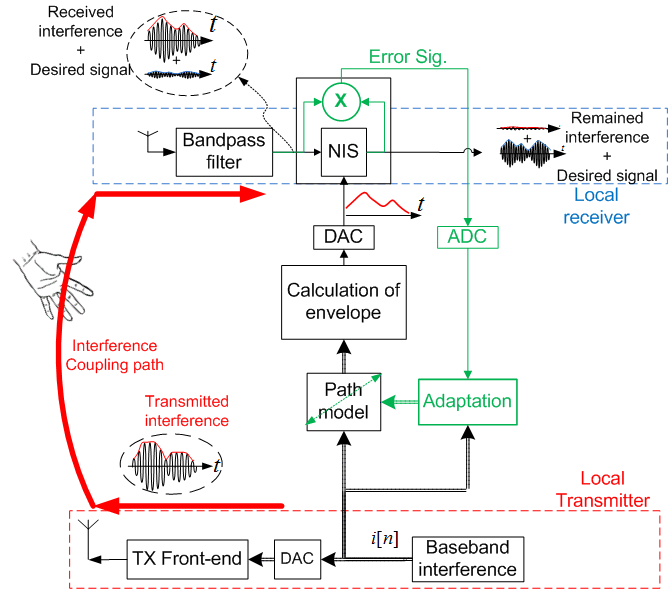 Figure 2, Proposed Nonlinear Interference Suppressor (NIS) and its adaptation
Figure 2, Proposed Nonlinear Interference Suppressor (NIS) and its adaptation
3-2-Measurement and evaluation set-up:
Up to this part, we used mathematical methods and MATLAB simulations to analyse the NIS approach and to develop DSP algorithms. In the meantime the NIS circuit was designed and fabricated, as shown in figure 3-right. This part of our work was to evaluate the whole NIS apprach by combining the implemented circuit and the adaptation algorithms. A testbed multimode transceiver was built using lab instrument and comercially avaialble components as shown in figure 3. The core measurement and evaluation system was based on National Instrument hardware and LabVIEW software. A simplified block diagram of the set-up is shown in figure 4.
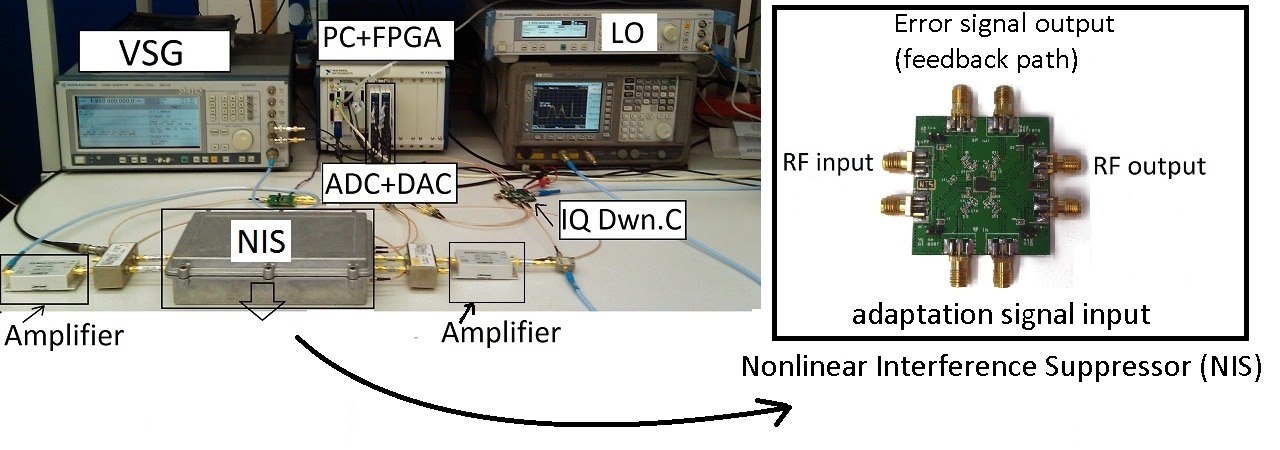
Figure 3. Testbed set-up and the NIS circuit
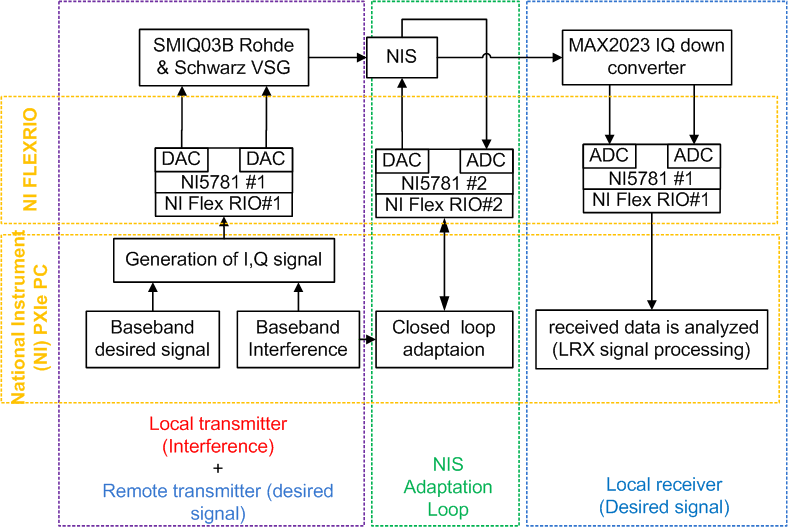
Figure 4. Simplified block diagram of measurement set-up
3-3 Measurement and implementation methodology
The whole concept (circuit and algorithms) was novel and has not been tried before. Also the algorithms were designed based on rather idealized models of the circuit which were not accurate enough. To reach to a system that works predictably, we took an iterative approach as explained in the following steps and depicted in Figure 5.
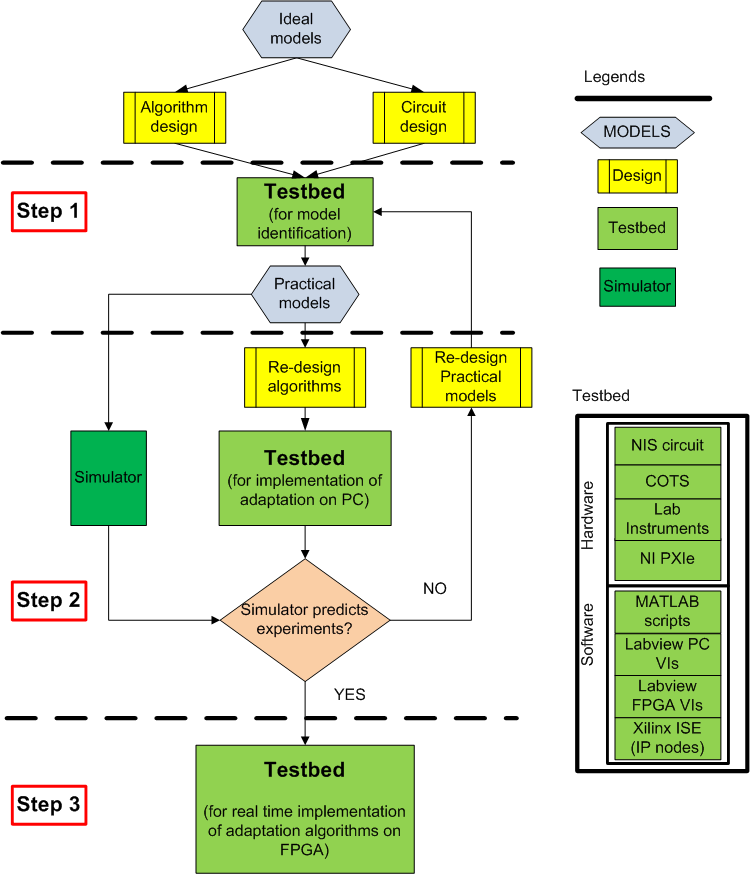
Figure 5. Measurement and implementation methodology
Step 1: Measurements were performed to identify imperfections of the NIS circuit compared to the ideal models. The result of this step was practical models of the system.
Step 2: Based on the models supplied from Step 1, adaptation algorithms were redesigned and implemented in LabVIEW PC software. The measurements were performed using the adaptation run from the PC. To make sure that the system works as it should, the practical models of the circuits were used to predict the system behaviour (by simulation). In case of discrepancy between the measurement and simulated results, modeles were developed to explain the discrepancy. Step 1 is repeated to validate the revised models. After some iterations the measurement and the simulation results matched very closely.
Step 3: The algorithm for adaption of the path model, running on the PC, was not fast enough to track the environmental changes. Hence, we implemented the adaptation algorithms in FLEX RIO FPGA module. The FPGA implementation is able to track the environmental changes fast enough for practical applications.
4- Benefit of LABVIEW and NI Tools:
- Fast and customizable communication between LabVIEW PC and FLEX RIO FPGA modules: This allowed us to implements and refine the adaptation methods in a short time in the PC environment. Compared to a direct FPGA implementation, this significantly accelerated the modelling-designing-implementation cycle.
- Instrument control: Dictated by availability of instruments, our experimental setup was implemented by instruments from different manufacturers. Accessible interface from the LabVIEW with these instruments allowed us to design a single LabVIEW VI to control the whole system. This reduced the set-up time of experiments and prevented errors.
- Flexibility of the PXIe platform: This allowed us to use a single platform for modeling (measurement) and implementation.
- Support from NI: This project was the first encounter of the project members with NI software and hardware. The training and support from NI helped us to gain the required knowledge in a short time.
5 Images of project
The picture of the setup is show in figure 3.
Figures 4 and 5 show parts of the developed VI modules (PC and FPGA).

Figure 5. The NIS adaptation algorithm running on the LabVIEW PC. The FPGA's are only used to interface with the AD/DA convertors.
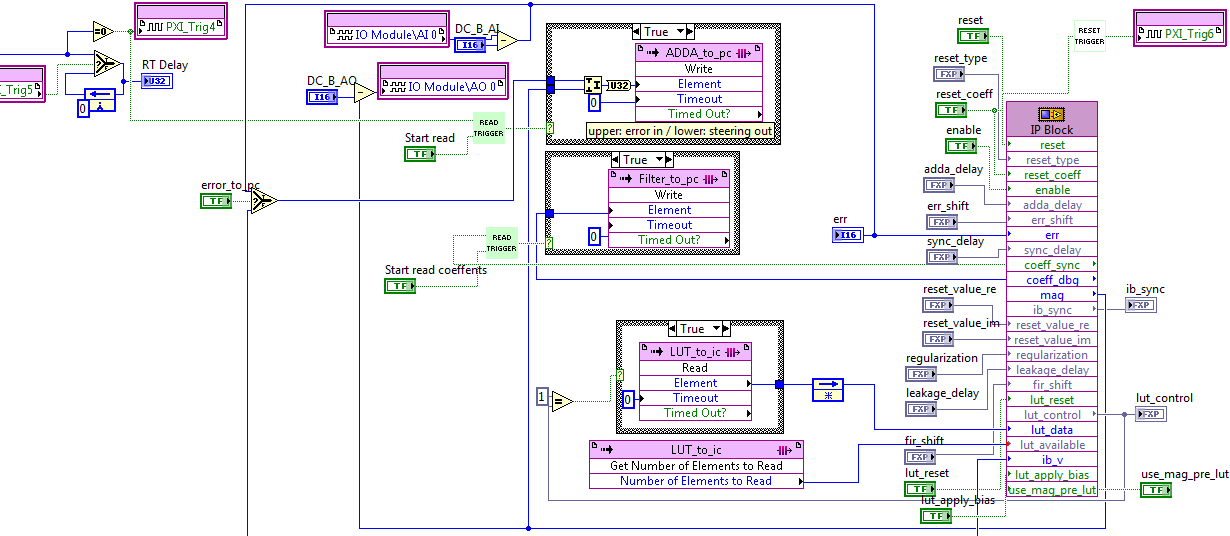
Figure 6. The FPGA implementation of the NIS adaptation algorithm. The LabVIEW uses fifo's to communicate with the PC and interfaces with an IP Node that contains synthesized VHDL code that implements the actual algorithm.
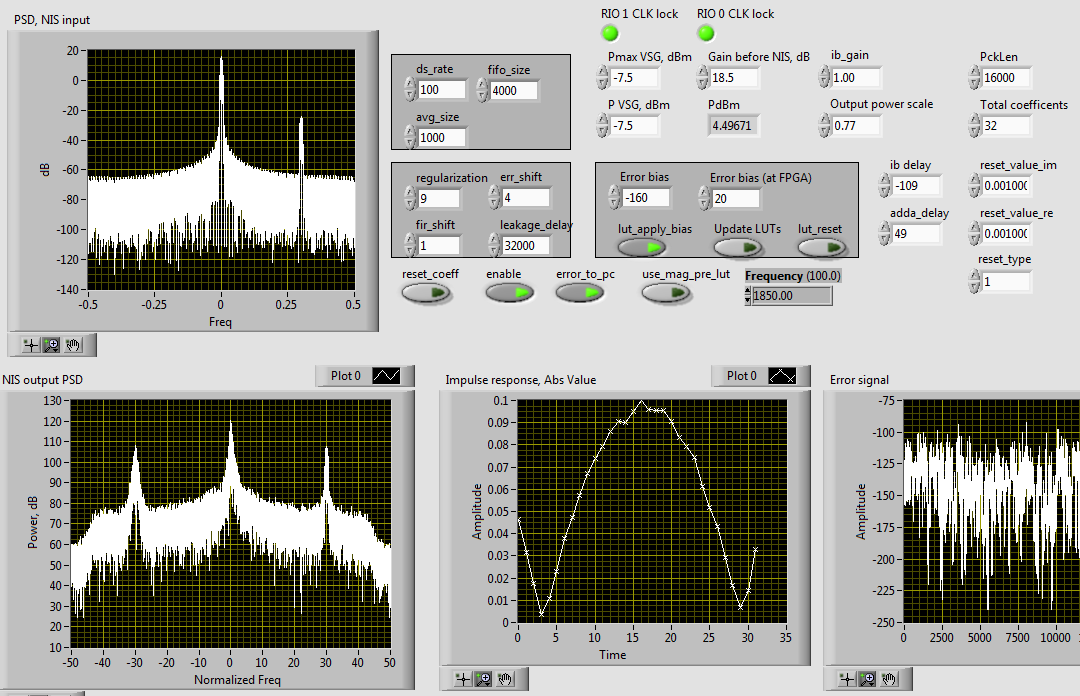
Figure 7. Crop of the user-interface to control the FPGA implementation of the NIS adaptation algorithm. With this user-interface the testbed can easily be controlled in almost real-time.
6 Video of the project and the NIS in the operation
Video 1. Measurement setup and real time adaptation of the NIS
8 Level of completion:
Fully functional.
9 Time to build
August 2012 to March 2013.
10 Results
- A fully functional experimental system.
-Scientific papers resulted from the experiments:
- Accepcted for publication:
H. Habibi, Y. Wu, J.W.M. Bergmans, E.J.G. Janssen, P.G.M. Baltus "Suppression of Constant Modulus Interference in Multimode Transceivers Using an Adaptive Nonlinear Circuit" To appear in proceedings of NASA/ESA Conference on Adaptive Hardware and Systems (AHS), 2013
This paper can not be uploaded, because of copyright transfer to IEEE.
H. Habibi, P. Ling, Y. Wu, J.W.M. Bergmans, E.J.G. Janssen, P.G.M. Baltus "Adaptive nonlinear interference suppressor for cognitive radio applications" Partnership for cognitive radio (PRC4CR) symposium Kista Sweden June 2013
This paper is attached.
- Under review:
H. Habibi, E.J.G. Janssen, R.G.M. Hilkens, Y. Wu, J.W.M. Bergmans, P.G.M. Baltus,"Experimental evaluation of an Adaptive Nonlinear Interference Suppressor for Multimode Transceivers".
- Mark as Read
- Mark as New
- Bookmark
- Permalink
- Report to a Moderator
This really looks fantastic. Great job !!
